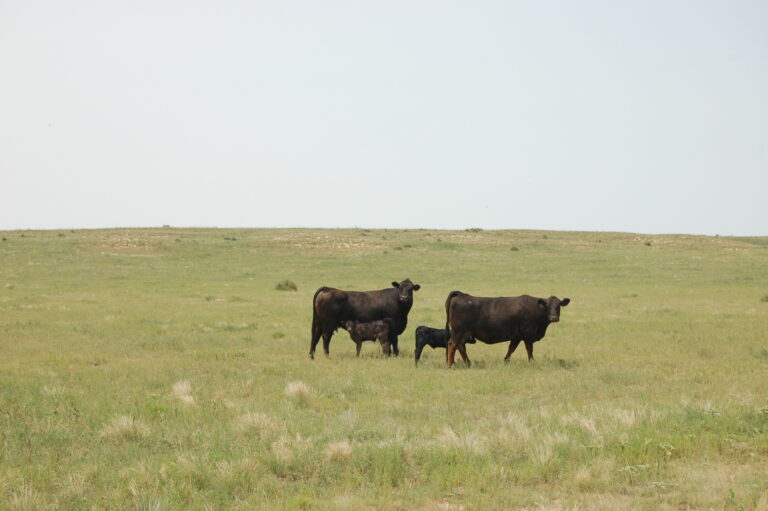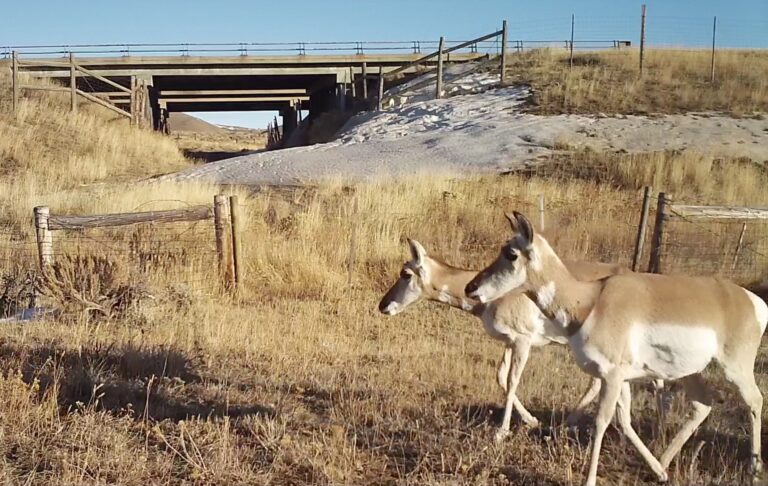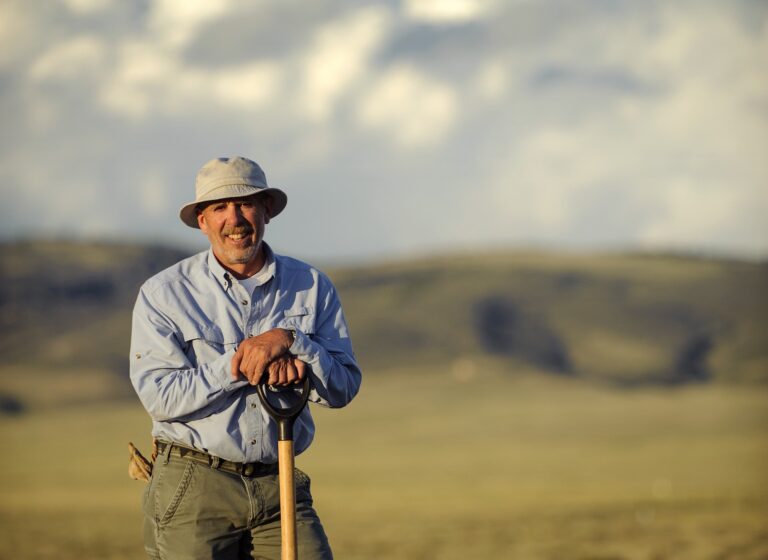A New Lease on State Land
How conservation is hoping to buy a seat at the land management table
By Birch Malotky
In early November 2020, the Wyoming Outdoor Council’s (WOC) staff huddled around a laptop and logged into their freshly minted account on energynet.com, an online marketplace where 199 leases for oil and gas development on Wyoming state trust lands were up for auction.



















